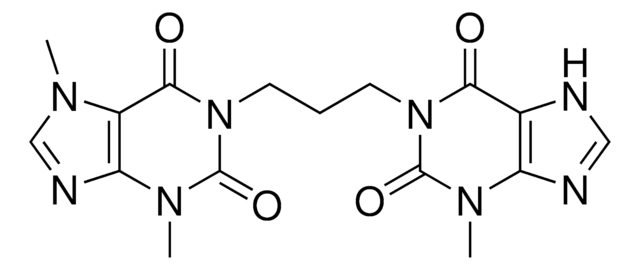270466
2-Methyl-1-propanol
suitable for HPLC, 99.5%
Synonym(s):
Isobutanol, Isobutyl alcohol
About This Item
Recommended Products
vapor density
2.55 (vs air)
vapor pressure
8 mmHg ( 20 °C)
8.8 mmHg ( 0 °C)
assay
99.5%
form
liquid
autoignition temp.
801 °F
purified by
glass distillation
expl. lim.
10.6 %
technique(s)
HPLC: suitable
impurities
<0.050% water
evapn. residue
<0.0005%
refractive index
n20/D 1.396 (lit.)
bp
108 °C (lit.)
mp
−108 °C (lit.)
density
0.803 g/mL at 25 °C (lit.)
λ
H2O reference
UV absorption
λ: 219 nm Amax: 1.00
λ: 230 nm Amax: 0.50
λ: 245 nm Amax: 0.10
λ: 250 nm Amax: 0.05
λ: 260 nm Amax: 0.03
λ: 330-400 nm Amax: 0.01
SMILES string
CC(C)CO
InChI
1S/C4H10O/c1-4(2)3-5/h4-5H,3H2,1-2H3
InChI key
ZXEKIIBDNHEJCQ-UHFFFAOYSA-N
Looking for similar products? Visit Product Comparison Guide
Application
- Identifying Sensory Attributes of Korean Rice Wine (Makgeolli): This study used 2-Methyl-1-propanol for sensory evaluation and chemical analysis to define the flavor profiles of traditional Korean rice wine, highlighting its application in food science and flavor analysis (Wong et al., 2023).
signalword
Danger
hcodes
Hazard Classifications
Eye Dam. 1 - Flam. Liq. 3 - Skin Irrit. 2 - STOT SE 3
target_organs
Central nervous system, Respiratory system
Storage Class
3 - Flammable liquids
wgk_germany
WGK 1
flash_point_f
82.4 °F - closed cup
flash_point_c
28 °C - closed cup
Certificates of Analysis (COA)
Search for Certificates of Analysis (COA) by entering the products Lot/Batch Number. Lot and Batch Numbers can be found on a product’s label following the words ‘Lot’ or ‘Batch’.
Already Own This Product?
Find documentation for the products that you have recently purchased in the Document Library.
Customers Also Viewed
Our team of scientists has experience in all areas of research including Life Science, Material Science, Chemical Synthesis, Chromatography, Analytical and many others.
Contact Technical Service









